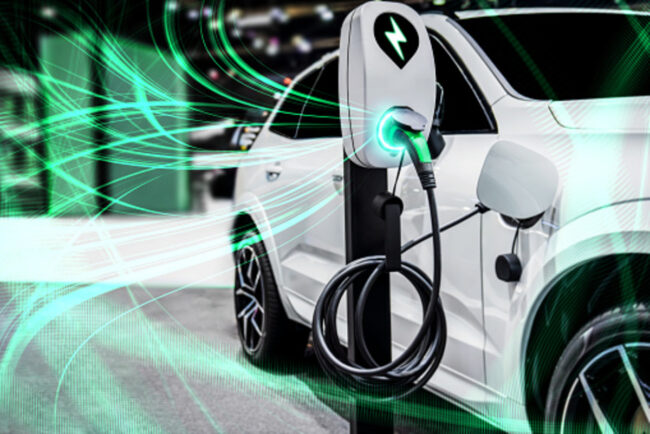According to EU Commissioner for the Internal Market Thierry Breton, the European Commission has begun discussions with the United States to consider incentives for electric vehicles traded in the North American trading bloc.
He continued by saying that the Commission is also discussing other components of the recently enacted U.S. Inflation Reduction Act.
Incentives for electric vehicles traded in the North American trading bloc
There are a variety of incentives and policies in place in the North American trading bloc (United States, Canada, and Mexico) to encourage the adoption of electric vehicles (EVs). We can divide these incentives into three main categories: financial incentives, non-financial incentives, and infrastructure development.
One of the most common financial incentives for EV adoption is the use of tax credits. In the United States, for example, the federal government offers a tax credit of up to $7,500 to purchase new qualifying EVs. In Canada, some provinces offer to purchase or lease rebates for EVs. There are some local incentives in Mexico.
Non-financial incentives and charging infrastructure
Non-financial incentives include things like HOV lane access, parking and charging privileges, and reduced or waived vehicle registration fees. Many cities and municipalities in the United States and Canada have implemented programs to provide EV owners with access to preferred parking spots and/or waived parking fees, and access to HOV lanes even with a single occupant. This helps to alleviate some of the “range anxiety” associated with driving an EV.
The Department of Energy also has been working to support the deployment of EV charging infrastructure. It is done through funding programs and partnerships with private companies. We can find similar initiatives in Canada and Mexico.
It seems incentives are not enough
Overall, the incentives for EV adoption in North America vary by region and by type of incentive. Federal and state governments, as well as private companies and municipalities, are all working to promote EV adoption and build the necessary infrastructure. However, it’s important to note that while these incentives can play a major role in encouraging EV adoption, they alone may not be enough to fully realize the full scale of adoption. Other factors such as consumer preference, convenience, and cost-competitiveness with traditional gasoline vehicles, also play a major role.
The main drive towards electric vehicles adoption is more economic than environmental
In recent years, the trend has been towards the gradual reduction of incentives, while the price of batteries and the cost of the vehicles themselves continue to decline. Thus, the main drive towards EV adoption is becoming more economic than environmental. We can see this as a positive development, as it signals that EVs are becoming more cost-competitive with traditional gasoline vehicles and therefore less reliant on government incentives to drive consumer adoption. Nevertheless, as the technology is relatively new and many economies haven’t fully recovered from the pandemic, incentives still play an important role in supporting the growth and development of the EV market.

Incentives for electric vehicles in the EU
The European Union (EU) has implemented a range of incentives to encourage the adoption of electric vehicles (EVs) as a way to meet its climate change and air quality goals. We can divide these incentives into financial incentives and non-financial incentives, such as infrastructure development and research and development (R&D).
One of the most common financial incentives for EV adoption in the EU is the use of purchase incentives, such as cash grants, discounts on vehicle registration tax, and reduced or waived value-added tax (VAT) on EV purchases. Some countries in the EU also provide tax exemptions or reductions for company cars that are electric or have low emissions.
Electric vehicles are kind of privileged
Non-financial incentives in the EU include things like reduced or waived vehicle registration fees, access to HOV lanes, free parking, free charging, and reduced tolls. A number of cities and municipalities across the EU have implemented “green zones” where only zero-emission vehicles are permitted, and other cities have implemented parking policies for EVs to facilitate recharging.
Another important aspect of incentivizing EV adoption in the EU is the development of charging infrastructure. Without a sufficient network of charging stations, it can be difficult for EV owners to travel long distances, which can discourage adoption. The EU is funding the development and deployment of EV charging infrastructure through various initiatives like the Connecting Europe Facility (CEF) and European Regional Development Fund (ERDF).
EU works on advanced electric vehicle models’ research
In addition, the EU has implemented research and development initiatives to help advance EV technology and reduce the cost of EV batteries. These programs aim to accelerate the development of new and innovative EV technologies and to make them more affordable for consumers.
In summary, The European Union has implemented a variety of benefits to encourage the adoption of electric vehicles. They have also focused on developing a more affordable and accessible electric vehicle for the general public. These incentives aim to help the EU reach its climate change and air quality goals and promote a greener transport sector.

